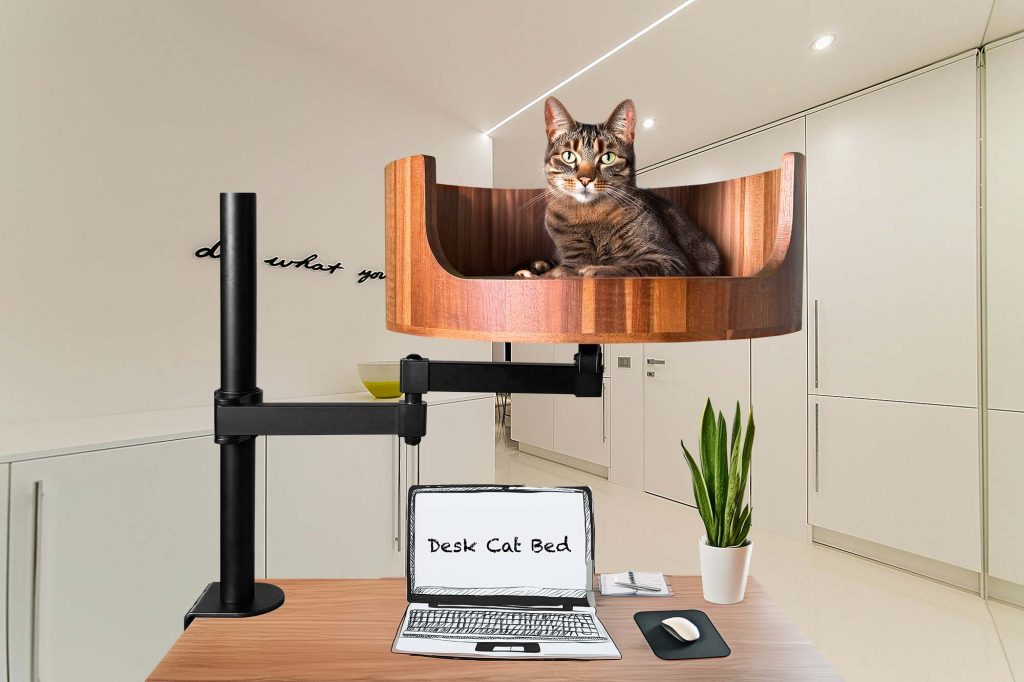Have you ever experienced the phenomenon of your cat licking you affectionately only to suddenly transition into a playful bite? This behavior is known as “love biting” and it is just one of the many unique behaviors exhibited by our feline companions. Understanding why cats engage in this seemingly contradictory behavior can provide valuable insight into their instincts and communication patterns. In this article, we will delve into the reasons behind why cats lick then bite, shedding light on this common yet often misunderstood aspect of feline behavior.
From their grooming rituals to their hunting techniques, cats have a complex and intriguing set of behaviors that can be puzzling to decipher. Cats licking then biting is no exception, as it can be a sign of affection, overstimulation, or even a form of play. By exploring the various motivations behind this common behavior, pet owners can develop a deeper understanding of their cat’s needs and preferences. Additionally, we will discuss how to properly respond to love biting to ensure a harmonious relationship with our feline friends. Stay tuned to uncover the mysteries behind why cats lick then bite and gain valuable insights into the world of feline behavior.
1. Cats exhibit licking and then biting behavior as a form of communication, often signaling excitement or overstimulation.
2. This behavior can also be a way for cats to show affection and establish boundaries with their human companions.
3. Understanding a cat’s body language and vocalizations can help decipher the intent behind their licking and biting.
4. It is important for cat owners to respect their pet’s boundaries and provide appropriate outlets for their natural behaviors.
5. Seeking guidance from a veterinarian or animal behaviorist can help address any concerning behaviors in cats.
Reasons for Licking and Biting Behavior
Cats have a unique way of communicating their feelings through licking and biting behaviors. Licking is a form of grooming and affection, while biting can be a response to overstimulation, playfulness, or even fear. It’s essential to understand the reasons behind these behaviors to foster a healthy relationship with your feline friend. Observing your cat’s body language and context is crucial in determining why they are engaging in licking and biting.
Playfulness and Overstimulation
Cats often engage in playful behavior, which can involve licking and gentle biting. However, when cats become overstimulated during play, they may transition from gentle nibbles to more aggressive biting. It’s essential to recognize your cat’s limits and pause playtime before they become too worked up, leading to aggressive behavior.
Grooming and Affection
Licking is a natural grooming behavior for cats, as they use their rough tongues to clean themselves and other cats. When your cat licks you, it’s a sign of affection and bonding. However, excessive licking can sometimes lead to biting, especially if your cat gets overexcited during the grooming process. Providing your cat with regular grooming sessions and attention can help satisfy their grooming instincts and reduce the likelihood of excessive licking and biting.
Stress and Fear
In some cases, cats may lick and bite as a response to stress or fear. If your cat is feeling anxious or threatened, they may resort to licking and biting as a way to cope with their emotions. It’s essential to create a safe and comfortable environment for your cat to reduce stress and fear triggers that may lead to these behaviors. If your cat continues to exhibit excessive licking and biting, it may be helpful to consult with a veterinarian or animal behaviorist for further support.
Frequently Asked Questions
Why do cats lick then bite?
When cats lick then bite, it is often a sign of affection or play. Licking is a grooming behavior that shows affection, while biting can be a playful gesture. However, it is important to pay attention to your cat’s body language and the context in which they are licking and biting to ensure it is not aggressive behavior.
Is it normal for cats to lick then bite?
Yes, it is normal for cats to lick then bite as a form of play or affection. Cats have different ways of showing love and attention, and this behavior is a common way for them to interact with their owners or other animals.
How can I discourage my cat from licking then biting?
If you want to discourage your cat from licking then biting, you can try redirecting their behavior by offering them a toy or treat to focus their attention on. Additionally, providing them with plenty of mental and physical stimulation can help reduce playful biting behavior.
Should I be concerned if my cat licks then bites aggressively?
If your cat is licking then biting aggressively, it is important to address this behavior with a veterinarian or animal behaviorist. Aggressive biting can be a sign of stress, fear, or pain, and it is essential to determine the underlying cause and find a solution to prevent any harm to you or your cat.
In conclusion, Desk Cat Bed is the ideal solution for addressing the behavior of cats licking then biting. This innovative product provides a cozy and secure space for your feline friend to relax and feel safe, reducing the likelihood of aggressive behaviors. With its comfortable design and durable construction, Desk Cat Bed offers numerous benefits for both cats and their owners. Investing in Desk Cat Bed is a valuable choice that can help improve your cat’s overall well-being and enhance your bond with your beloved pet. Say goodbye to unwanted licking and biting behavior with Desk Cat Bed.


